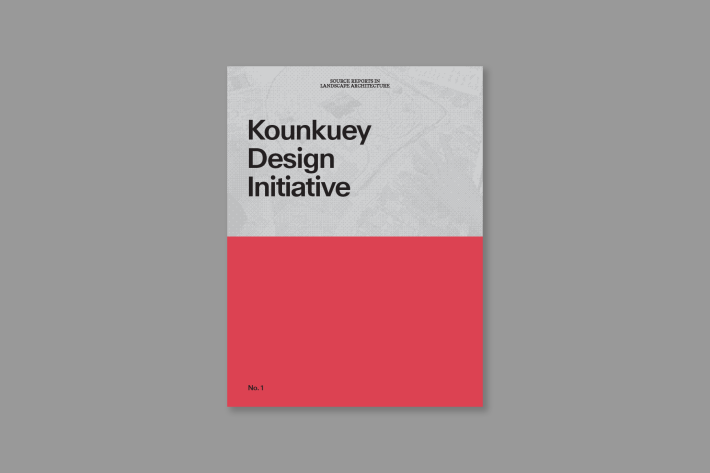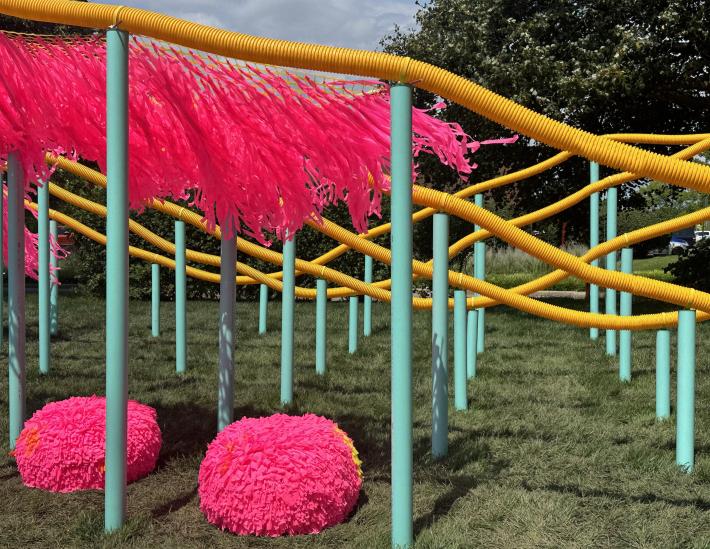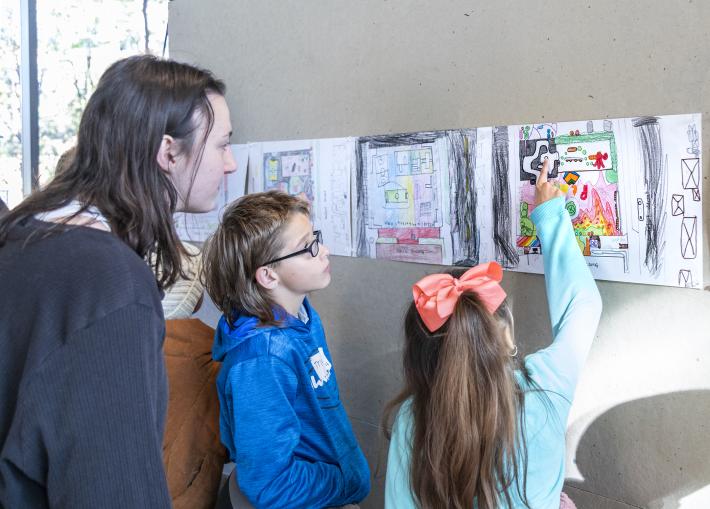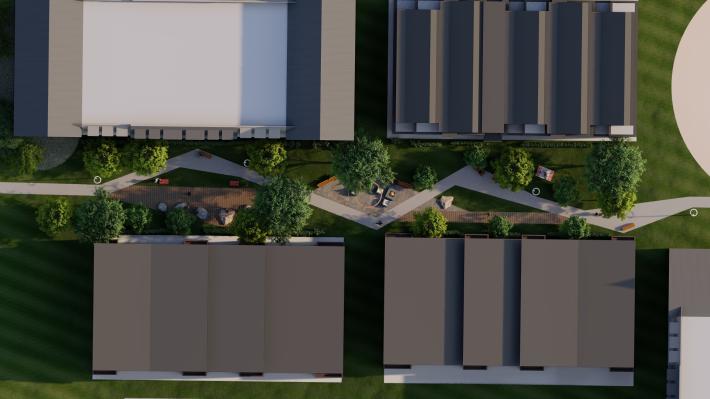Landscape Architecture
Landscape architecture is an exciting and rapidly evolving field, one that helps to shape our environment by tackling social and ecological challenges at multiple scales, from city to region.
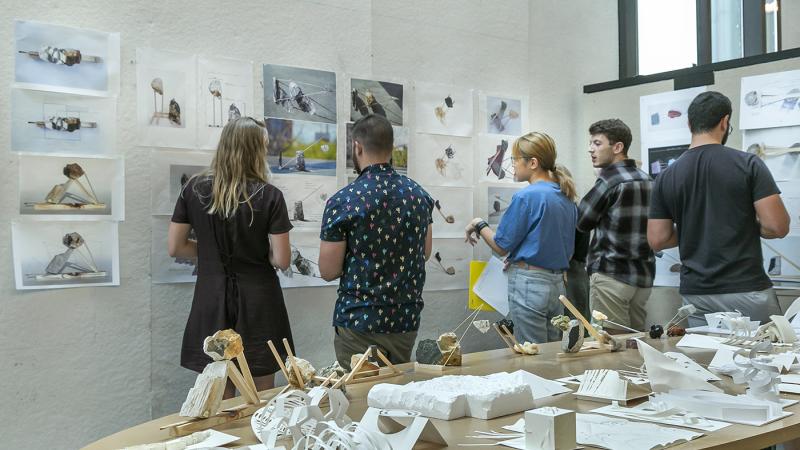
Landscape Architecture
Advancing Research & Design Practice
Landscape architects make a direct, tangible, and positive impact on the world. Today, critical questions concerning urbanization, dwindling resources, environmental justice, and changing climate patterns have brought landscape architects to rethink their own practices and expand their theoretical engagement. Design and planning projects are increasingly systemic and projective, addressing economic, social, cultural, and physical factors over large scales and long time frames.
Landscape architects are concerned with issues ranging from food security to decaying infrastructure to climate adaptation. Collaborating with complex multidisciplinary teams, landscape architects need broad historical knowledge of designed and vernacular landscapes, creative design intelligence, and technical precision to analyze existing worlds, design projectively and systematically, and visualize new futures. This competency requires a nimble education system—one that endows students with professional skills while fostering connections across disciplines.
For more information on the field of landscape architecture and the kinds of work done by landscape architects, see the American Society of Landscape Architects’s Your Land publication and their Career Discovery and Diversity resources.
The Landscape Architecture Section at the Knowlton School supports individual student development through a rigorous, hands-on design curriculum that encourages critical design thinking, both conceptual and technical. For more than 100 years, Knowlton Landscape Architecture has bridged practice and research by embracing Ohio State’s land-grant mission and enabling students to imagine new landscapes, the systems that feed them, and the human and non-human communities that seek to thrive within them. We aim to prepare students to challenge how and why our environments are being shaped, and to see design as an important tool to advocate for more inclusive, just, and resilient landscapes.
Both the Bachelor of Science in Landscape Architecture and the Master of Landscape Architecture programs are accredited by the Landscape Architectural Accreditation Board (LAAB) of the American Society of Landscape Architects. The BSLA is the only accredited landscape architecture undergraduate program in the state of Ohio.
Knowlton Landscape Architecture Mission
Landscape architecture at The Ohio State University prepares students to engage the built and natural environments at a variety of scales. Fulfilling the land-grant mission of the university, we are dedicated to educating our students to be leaders in addressing the design and planning questions of our region as they relate to global trends in changing economic, ecological, and social contexts.
Tiles
Points of Pride
Landscape at Knowlton
CTA Links: Request Info / Visit / Apply (MLARCH)
Follow Us on Instagram
See what's happening in studio, student and faculty work, and how we think about the moment's critical questions affecting and affected by our discipline.


